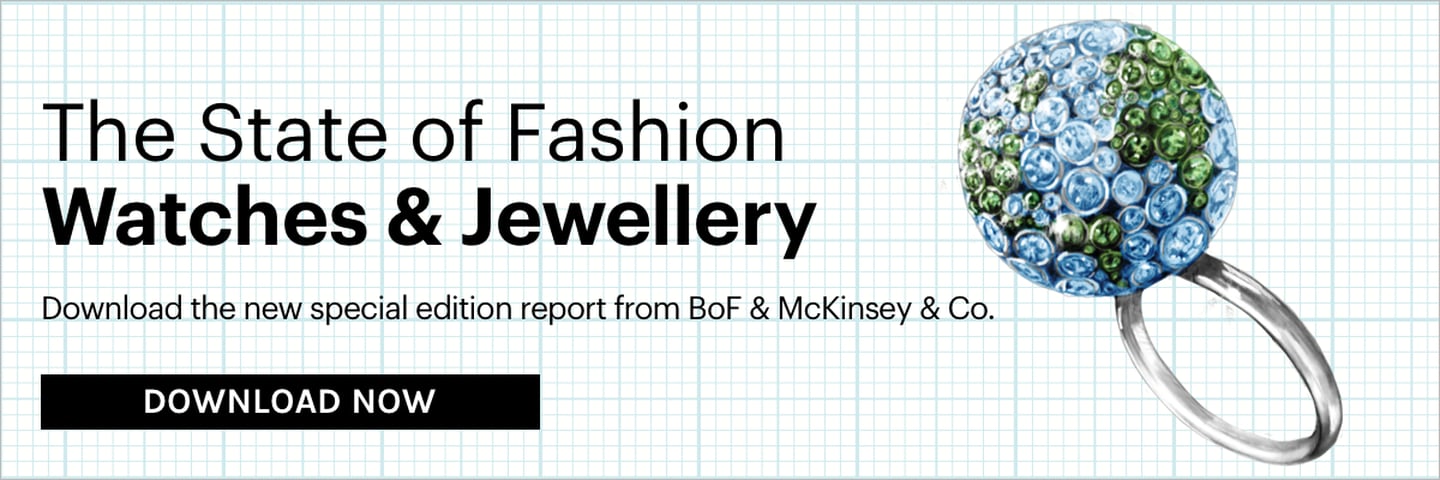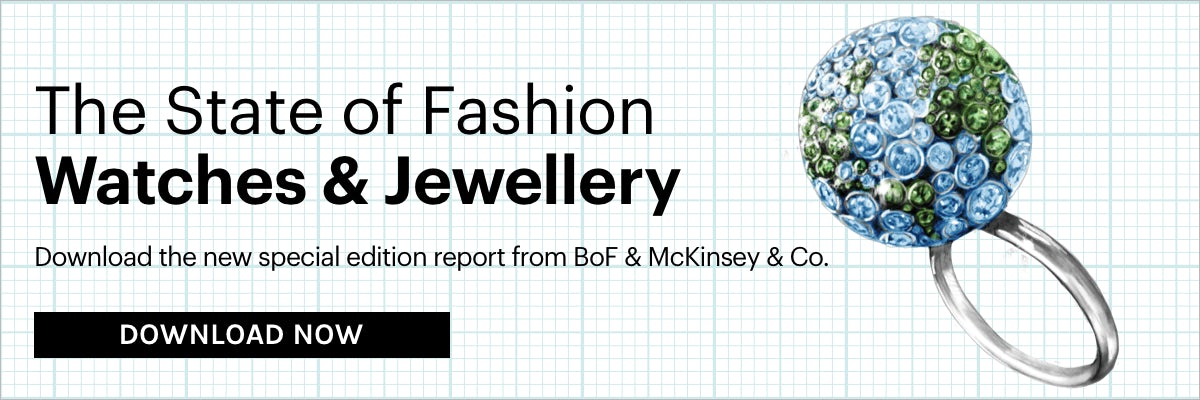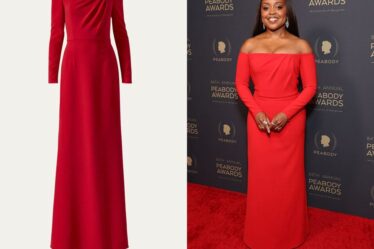
This article first appeared in the special edition of The State of Fashion: Watches and Jewellery, co-published by The Business of Fashion and McKinsey & Company. To learn more and download a copy of the report, click here.
Over the past decade, Audemars Piguet has been one of the fastest-growing luxury Swiss watch brands. As a private, independent company, it doesn’t publish financial figures, but claims that annual revenues have surged past CHF 1 billion ($1.1 billion), despite limiting production in its Le Brassus factories to just 40,000 units a year. That puts it in an elite club of around half a dozen Swiss watch brands.
Yet, notwithstanding its upward trajectory, Audemars Piguet remains a paradox. Though it is building a direct-to-consumer business around a global private members’ club concept called “AP House,” it has no e-commerce business of its own. Moreover, the company’s reputation as one of the most traditional Swiss watchmaking companies hasn’t prevented its chief executive François-Henry Bennahmias from pursuing a partnership with the Marvel Universe superhero franchise, taking a surprising view on China, or insisting that his successor should be a woman.
BoF: These are turbulent times for Swiss watchmaking. What’s shaping the watch market today?
François-Henry Bennahmias: Let’s look at it like this: there are four brands doing really well. All of them are independent, meaning they can move their volumes up and down. I won’t say who they are, but we’re one of them. Nobody’s going to come after us [with] no shareholders. And today, what the industry needs more than anything, more than innovation or creativity, is control over volumes.
Why do you say that?
Look, this industry still has a lot of potential for growth. But a few years ago, there was this never-ending story about how the watch industry would just keep growing, no matter what. “Asia’s coming, China’s coming, India’s coming — so let’s make more and more watches.” But watch people focused on Asia and abandoned the US market and that was a huge mistake. You never let the US market go, never. That is stupidity. Look at successful brands, especially in fashion. They do a minimum 20 to 25 percent of their business in the Americas. The watch world has focused so much on Asia that some brands are now doing 80 percent of their business in Asia and have forgotten the Americas. The US takes time to build, but when it works, it works extremely well. My point is that there’s a fine line between revenue and volumes, and building the integrity and perceived value of the brand. When you’re a public company you have to deliver volumes, because it shows growth.
Ok, but no matter whether you’re focusing on volumes or brand, you’ve still got to sell watches, right?
Let me put it like this. You can plan all you like but sometimes the consumer will tell you something you didn’t expect. Could be good. Could be bad.
What are consumers telling you now?
That they love watches. Watches aren’t going anywhere. Even the younger generation love watches. They love the tradition, the craftsmanship, the sustainability. So for brands it’s about creating, innovating and launching products in a different way. If you don’t keep doing that, you get knocked back, like Rocky Balboa.
So what are you doing differently?
Inventory management. We monitor every single watch, every single day. I’m 99 percent sure we’re the only brand doing that. It used to be that stock aged after three years. When I took the helm of the company in 2012, I reduced that to 18 months. Now it’s 12. The market is moving so fast. One day after 12 months, we look at a watch and ask where we could move it to. We monitor our inventory like hot milk on a stove.
But you’re making 40,000 watches a year – others are making six, seven-figure volumes, which must make it much harder to manage every watch like that.
No. I don’t agree. It’s a system thing. Whether you make 40,000 watches or 100,000 watches or a million, it’s the same concept. There is a way to measure it, and many brands forget that. When I started in this industry in 1994, if you could turn your inventory more than once a year, you were doing well. More than twice, a dream. We turn our inventory almost eight times. That’s huge. Our ageing is a lot better, and our retail partners are very happy about it.
Where do certified pre-owned watches fit into your ambitions?
We are looking at doing it ourselves because it’s a fast-growing business, but it’s not a business with a lot of margin. To sustain it, you have to be extremely careful. One wrong move, and you go into the red in two seconds. Again, it’s about volumes. We could sell 2,500, maybe 3,000 of our Royal Oak “Jumbo” Extra-Thin model a year. But we only make 900. If we made 3,000 pieces tomorrow, no one would want it. That’s just how it works. And it doesn’t matter about the generation. Kids love playing this game, too.
Does that mean you’re going to be making a lot of limited editions?
No. Back in the mid-2000s, we made a lot of limited editions, but it was a mistake. People started not to want the brand anymore. It becomes a joke. Back then, limited editions represented around 15 percent of our products. Today it’s 1.5 percent.
Across luxury, there’s more and more talk about sustainability. Is the watch industry moving fast enough to meet consumer expectations?
It’s a long road. You can’t just say, “I was bad, now I’m good.” What I do know is that brands will be in trouble if they don’t act. We have a department dedicated to working on sustainability, equality, our carbon footprint — everything.
Speaking of equality, the industry has been accused of lacking diversity. Do you consider the appointment of some female chief executives in the industry as progress?
It has to be so much deeper [than that]. We have total salary equality at Audemars Piguet, and if ever we find a discrepancy, we sort it out. We monitor every job. That’s mandatory now. We have to believe in women. They’re better than men. Much better. You want a better world? Let women run it.
So you’ll be training up a female successor for when the time comes for you to move on?
Absolutely, yes.
Let’s go back to China. How important is China to the future of the Audemars Piguet business?
China will be the biggest market in the world, no doubt. But we can’t be as profitable there because of import duties and VAT. So I have to increase prices, making them 10 to 15 percent higher than in Hong Kong — but then Chinese customers buy outside China. Brands are working on aligning prices between China and Hong Kong, but then the margin isn’t the same, so the more business you do there the less margin you make.
How have you been affected by the decline in sales of luxury watches to Chinese tourists during the pandemic?
It was a major wake-up call for us, as it was for the whole industry. Achieving sales through tourism was, even if it’s not the ideal word, easy. We discovered we’d not been working hard enough on our local markets. We did a lot of work on this, which wasn’t easy, and we did ok. We weathered the storm. The biggest risk when you’re successful is thinking that it can never end.
Let’s talk about your growing network of AP Houses. How is the model different from the boutique model?
First of all, they’re bigger. As a minimum, AP Houses are 300 square metres. And they’re not retail spaces. They’re more like a club where you can come in and have breakfast with your friends. Sometimes you don’t even see a watch. But you know what, on average people stay three to four times longer in an AP House than they do in a retail store. It works.
Does this mean AP’s future is in direct-to-consumer?
It’s going to be very complicated. Retailers are going to have to be extremely good at what they do, because if not, the brands will take over. There is just not enough margin for them to survive with the cost of rents, people and so on. They have to be brilliant at clienteling, create beautiful stores, manage their inventories. Some of the independents are going to need to double their jewellery business where the margins are higher if they are to survive. Today, 70 percent of our business is direct-to-consumer; a decade ago it was 20 percent. We have eight AP Houses at the moment with more to come.
You’ve pulled out of the Geneva watch fair Watches and Wonders. Do you think watch fairs are in terminal decline?
The world is not Geneva. The future of the watch fair should be a mix of Art Basel, fashion weeks and the tech fairs. And they have to be in Asia, the Middle East, the US and Europe. Then, instead of trying to impress people with the size of your booth, make them dream. And instead of spending millions and millions on décor, spend millions and millions on experiences. You cannot have all your watches for the year in one place at one time. It doesn’t make sense. It’s about being more agile. Then there is a future for the fairs. If not, good luck.
This interview has been edited and condensed.




